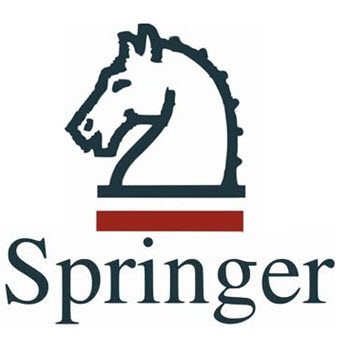Abstract
We investigated the removal efficiency of humic acid from aqueous solutions by cotton coated with graphene oxide. This research has been conducted as batch on an experimental scale. A self-arrangement approach was introduced in fabrication of the cotton adsorbent coated with graphene oxide. To determine the effect of parameters, including initial concentration, pH, adsorbent dosage and contact time, central composite design (CCD) was employed in response surface method (RSM). The adsorption kinetics were determined based on different times of adsorption of humic acid. Further, the adsorption isotherms were also examined using different concentrations of humic acid. The results obtained showed that with increasing adsorbent dosage and contact time, the removal efficiency increased, while with increasing pH and initial concentration of humic acid, the removal efficiency decreased. The optimal values based on RSM method were obtained as the following: humic acid initial concentration=13.61 mg/L, pH=3.87, adsorbent dosage=0.61 g, and contact time=168.43 min. Langmuir isotherm with R2=0.9987 has been the most suitable model for explaining the adsorption process. Investigation of the adsorption kinetics indicated that humic acid adsorption follows pseudo-second-order model (R2=0.9822). The results indicated that the cotton adsorbent coated with graphene oxide has a good potential for removal of humic acid from aqueous solutions. Mechanical flexibility, availability, and low operational energy costs are among the advantages of this method for fabrication of this adsorbent, which can be developed and used for reducing environmental contaminants.



No responses yet